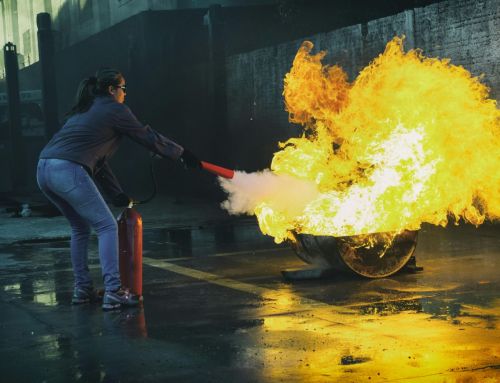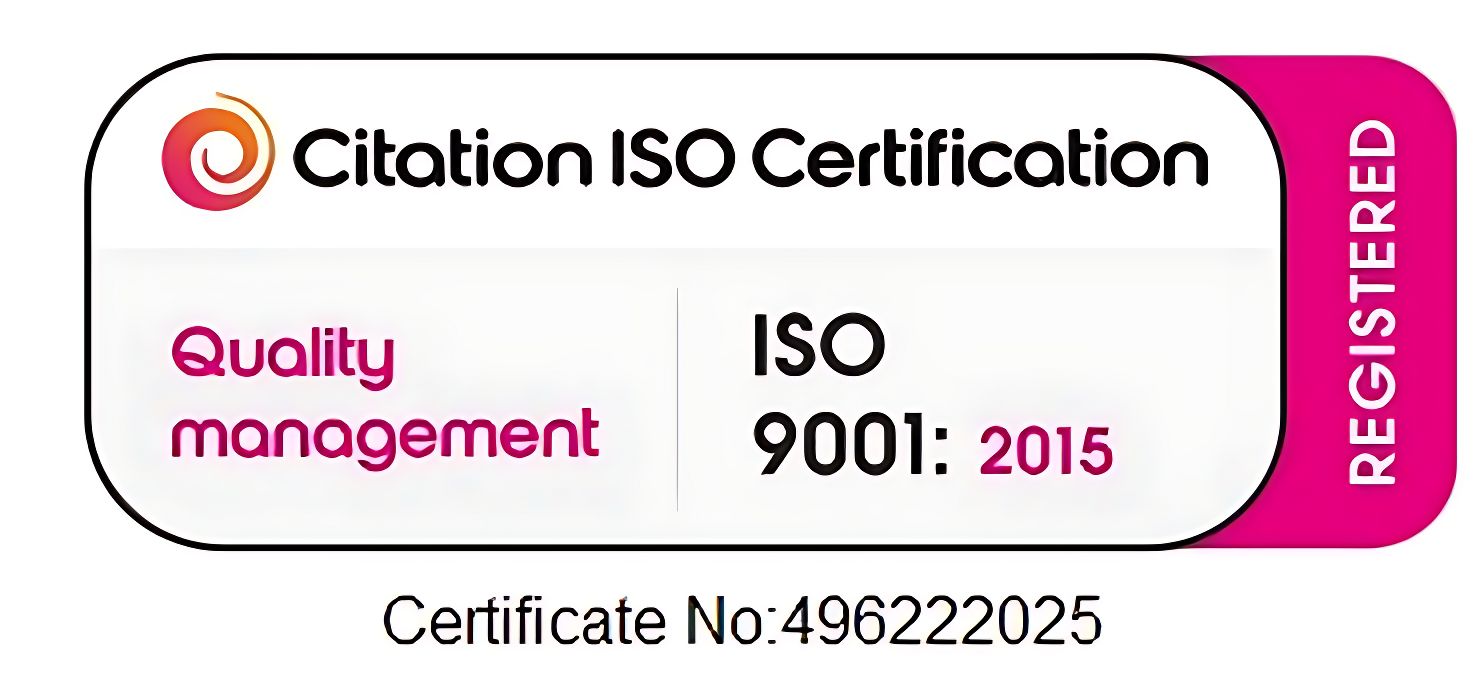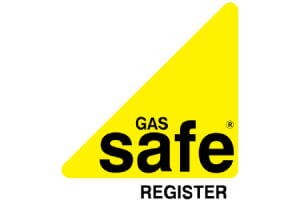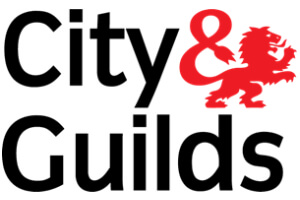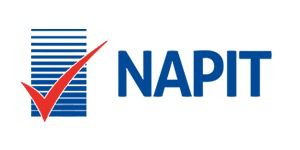
A fire risk assessment plays a vital role in spotting potential fire hazards, checking how effective your current safety measures are, and making sure your property meets all the necessary fire safety regulations. Its primary purpose is to safeguard both human lives and valuable property. However, the cost aspect often causes hesitation among property owners. It’s essential to understand that while there is an upfront cost associated with fire risk assessments, this expense is minor compared to the financial and legal fallout that can result from fire incidents or regulatory violations.
When you consider the benefits of reducing risks and avoiding costly future damages, the Fire Risk Assessment Cost becomes a smart and relatively minor investment. Investing in regular and professional assessments enhances safety, ensures legal compliance, and can potentially prevent thousands of pounds in damage and liability.
Comprehending the Cost of a Fire Risk Assessment
-
- Fire risk assessment costs vary based on property size, type, and complexity, but the investment is well worth it.
-
-
- Hiring a professional assessor helps detect fire hazards early, potentially saving significant amounts in damages or legal issues.
-
- Affordable assessments offer expert guidance to improve current fire safety measures, minimising future upgrade expenses.
-
- Avoiding fire assessments can lead to fines, increased legal liability, and denial of insurance claims after fire incidents.
-
- Consistent assessments keep properties in line with regulations, especially when property use or occupancy changes.
Fire Risk Assessment Cost in the UK
In the UK, landlords should expect fire risk assessment costs to vary depending on important factors like the property’s size, how complex the layout is, and where it’s located. On average, a thorough fire risk assessment typically falls between £200 and £500.
Landlord certificate London offers the most affordable prices across London.
Smaller residential properties typically incur lower costs, falling on the lower end of the range. In contrast, larger commercial or multi-occupancy buildings require more in-depth evaluations, which naturally increases the cost. A certified professional will carry out a detailed inspection, assess hazards, and produce a report with actionable recommendations.
Though the initial cost may appear high, it’s critical to consider the long-term benefits. These assessments improve occupant safety, ensure compliance with UK fire safety regulations, and significantly reduce the risk of legal penalties and property loss.
Residential vs. Commercial Fire Risk Assessment Costs
The cost of a fire risk assessment can differ significantly between residential and commercial properties, largely due to the scale and complexity of each building type. Residential properties, due to their simpler structure and fewer occupancy considerations, usually cost between £150 and £300. However, commercial premises are more complex, often involving multiple fire safety systems, various occupancy levels, and stricter compliance requirements. These assessments typically range from £300 to 500.
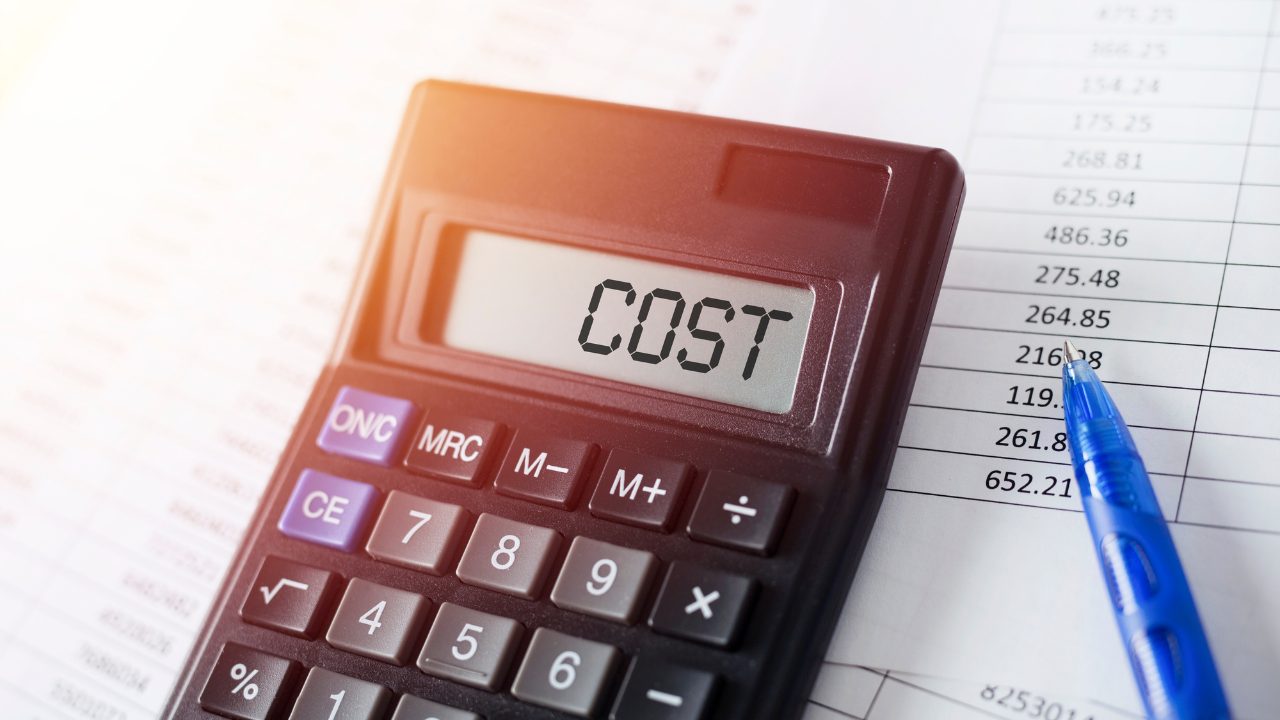
Property owners and landlords in areas like London may also encounter higher fees due to increased demand and higher operational costs in metropolitan areas. Understanding these distinctions helps budget effectively while prioritising safety.
How often should you go for a fire risk inspection?
To maintain safety and regulatory compliance, it is essential to carry out fire risk assessments annually. The frequency depends on the type of property and how it is used.
Here are standard recommendations:
-
- Annual Reviews: A full assessment should be conducted at least once per year.
-
-
- Post-Renovation or Alteration: If there are significant changes in structure or usage, a reassessment is necessary.
-
- Following Fire Incidents: Any fire incident, regardless of its severity, should prompt an immediate reevaluation.
Failing to perform timely assessments can lead to non-compliance, increased liability, and missed opportunities to address emerging risks.
What’s Included in a Professional Fire Risk Assessment?
A professional fire risk assessment certificate covers multiple aspects of fire safety within a property. Here are the core components:
-
- Identifying the possible Hazards: Identifying potential ignition sources, locating flammable materials, and highlighting high-risk areas within the property.
-
-
- Fire Safety Measures Review: Evaluating alarms, fire extinguishers, and sprinkler systems for adequacy and functionality.
-
- Escape Route Assessment: Ensuring emergency exits are accessible, marked, and free of obstruction.
-
- Occupancy Analysis: Evaluating how the number and nature of occupants may influence evacuation procedures and safety strategies.
-
- Staff Training and Preparedness: Verifying that staff are trained in fire response and understand evacuation protocols.
-
- Detailed Report: Providing documentation of findings, along with prioritised recommendations for improvement.
How the Type of Property Influences Fire Risk Assessment Cost
The overall cost of a fire risk assessment largely depends on the size and type of the property being inspected. Larger or more complex properties typically require longer inspection times and more detailed evaluations, which increases the cost.
Key cost-influencing factors include:
-
- Area: Bigger properties require more time and effort to assess thoroughly, which naturally drives up the cost of the fire risk assessment.
-
-
- Property Complexity: Unusual layouts or specialised facilities (e.g., factories, care homes) demand tailored evaluations.
-
- Occupancy Type: Residential blocks, schools, offices, and warehouses all have different legal requirements and risk levels.
-
- Location: Urban areas like London may involve higher assessment costs due to logistical and operational factors.
Understanding these cost drivers helps property owners plan budgets and prioritise safety efficiently.
What Are the Risks of Skipping a Fire Risk Assessment? Legal & Financial Risks
Choosing to skip a landlord’s fire risk assessment in London can lead to serious legal and financial consequences. If you don’t follow the rules set out in the Regulatory Reform (Fire Safety) Order 2005, you could face serious consequences, this includes being fined, taken to court, or even sent to prison, depending on how severe the breach is.
Key risks include:
-
- Fines & Legal Action: Regulatory breaches can lead to penalties of thousands of pounds.
-
-
- Increased Liability: Property owners may face lawsuits if injury or death occurs due to fire-related negligence.
-
- Insurance Rejection: Insurance companies may void coverage if no assessment is documented.
-
- Reduced Property Value: Lack of fire safety measures can deter potential buyers or tenants.
Ultimately, conducting regular fire risk assessments is not just a legal requirement—it’s a fundamental step toward financial protection and moral responsibility.
Key Elements Assessed During a Fire Risk Inspection
Fire risk inspections examine various elements to provide a holistic overview of fire safety within a building. Key components assessed include:
-
- Sources of Ignition: Identifying risks from electrical equipment, heating appliances, and open flames.
-
-
- Flammable Materials: Reviewing the presence and storage of combustible items like chemicals, paper, and textiles.
-
- Evacuation Routes: Assessing the clarity, accessibility, and effectiveness of escape paths.
-
- Fire Detection Systems: Evaluating the presence and functionality of alarms and sprinklers.
-
- Firefighting Equipment: Checking the availability and condition of fire extinguishers and hoses.
These elements are essential for developing a complete and actionable fire safety strategy.
A fire risk assessment certificate plays a pivotal role in shaping an effective emergency response plan. It highlights potential threats, identifies weak areas in current procedures, and enables property owners to devise targeted action plans.
Benefits include:
-
- Customised Evacuation Plans: Tailoring escape routes and procedures to the building layout and occupancy type.
-
-
- Resource Allocation: Prioritising improvements based on high-risk areas and critical vulnerabilities.
-
- Staff Training: Ensuring staff are informed and prepared to respond appropriately during emergencies.
-
- Ongoing Review: Encouraging regular updates to emergency plans in response to changes in building use or regulation.
Through comprehensive assessments, organisations enhance readiness and reduce chaos during real fire events.
Frequently Asked Questions
Who Can Perform a Fire Risk Assessment?
Qualified professionals such as certified fire safety inspectors, fire engineers, or trained safety consultants typically conduct these assessments. In some cases, a trained in-house safety officer may also carry out the assessment, provided they possess adequate knowledge of fire regulations and hazard recognition.
What Qualifications Should a Fire Risk Assessor Have?
Assessors should hold certifications from recognised bodies like the Institution of Fire Engineers (IFE) or similar organisations. They should also demonstrate practical experience and a deep understanding of the legal and technical aspects of fire safety.
Can I Conduct My Fire Risk Assessment?
While it is legally permissible in some cases to conduct your assessment, it is not advisable unless you have the required expertise. A qualified assessor ensures a thorough, unbiased evaluation, which greatly enhances safety and compliance.
How Long Does a Fire Risk Assessment Take?
How long a fire risk assessment takes can vary based on how large and complex the property is. A small residential property may take a few hours, whereas large commercial buildings might require several days to complete a full assessment.
What Happens After a Fire Risk Assessment Is Completed?
Once the assessment is complete, you’ll be provided with a detailed report outlining the identified risks along with practical steps you can take to improve fire safety. It is your responsibility to implement the suggested safety improvements and to regularly review and update the plan based on changes to the building or its usage.
Conclusion
A fire risk assessment certificate is not just a regulatory requirement; it is a strategic investment in safety, compliance, and long-term financial security. While the cost of these assessments may vary, the potential savings in lives, property, and legal fees are invaluable. By understanding the importance, frequency, and scope of fire risk assessments, property owners can take proactive steps to ensure safer environments and peace of mind.
About the Author: LandlordCertificate
Related Posts
Get Social
Recent Posts
- Fire Risk Assessment Review as a Driver of Stronger Safety Control
- Comprehensive EICR London Services for Every Property
- System Planning for Large Buildings with Fire Alarm Installation
- Fire Service Fire Risk Assessment for Stronger Safety Management
- Electrical Risk Clarity Improved Through an EICR Report




